

UPDATE: THE STATUS OF UNESCO WORLD HERITAGE SITE LEPTIS MAGNA
U. S. DEPT. COOPERATION AGREEMENT NUMBER: S-IZ-100-17-CA021
BY Will Raynolds, Darren Ashby, Gwendolyn Kristy, Marina Gabriel
* This report is based on research conducted by the “Safeguarding the Heritage of the Near East Initiative,” funded by the US Department of State. Monthly reports reflect reporting from a variety of sources and may contain unverified material. As such, they should be treated as preliminary and subject to change.
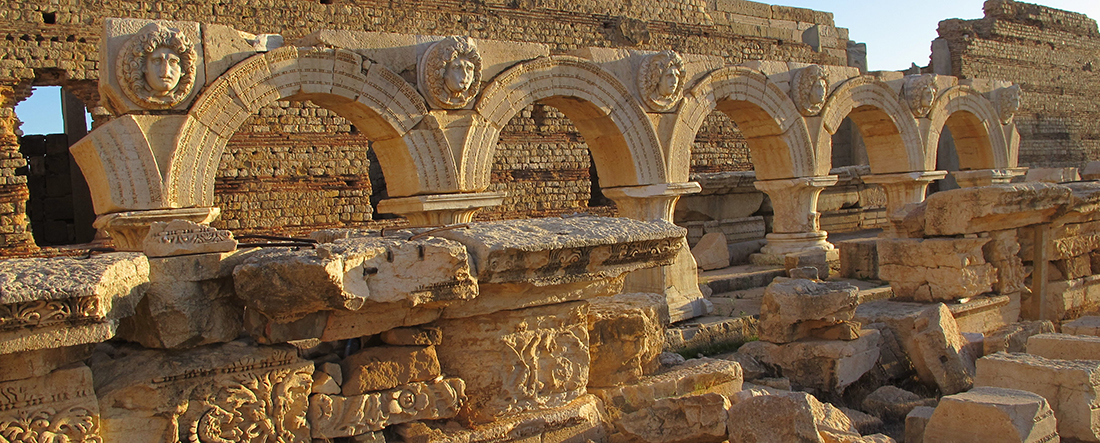
In April 2017, ASOR CHI began covering the ongoing conflict in Libya as part of a new cooperative agreement with the U.S. Department of State. Libya is home to five UNESCO World Heritage Sites as well as a dense concentration of other archaeological sites and historic cities that enrich our understanding of the ways in which humans have lived and thrived in North Africa from the Paleolithic to the present day.
Prior to the revolution of February 2011, Libya faced many heritage management challenges similar to other countries in the Mediterranean basin. Local authorities, overwhelmed by the sheer quantity of resources they were charged to protect, were unable to adequately maintain these sites and prevent gradual decay induced by wind, water, and the growth of plants. Vast sites remained difficult to fence off and protect in their totality, and distant sites were never patrolled regularly, allowing a certain amount of vandalism and looting to occur.
Since the outbreak of the revolution and the subsequent civil war, natural decay has continued unabated and has been exacerbated by the absence of rule of law. Increasingly, there are human causes for the destruction of cultural sites around the country. Some sites have been intentionally targeted by looters and iconoclasts, taking advantage of this moment of relative chaos to steal what they can or to erase aspects of Libya’s history—like Sufi shrines, now at odds with a hardline interpretation of Islam. Other sites have become collateral damage in ongoing skirmishes, which have been particularly violent in places like the old city of Benghazi. Others still, such as the Roman tombs near Cyrene, have been bulldozed by speculative developers circumventing Libyan law to make a profit in the booming local real estate market.
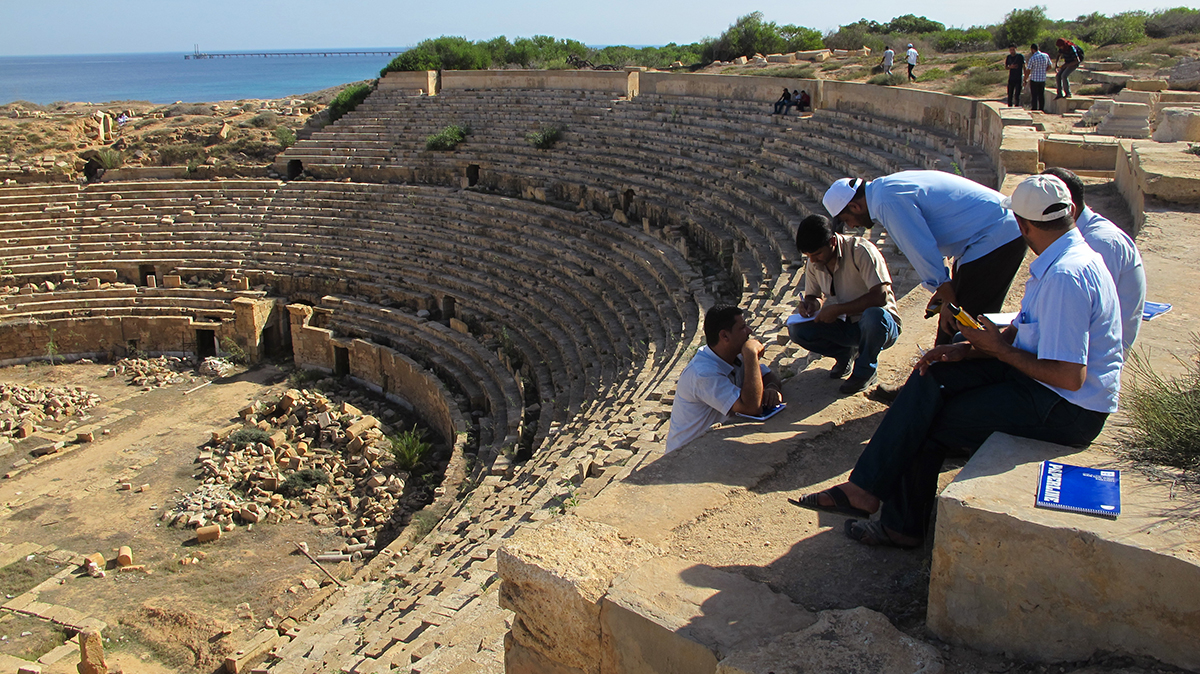
View from the top of Leptis Magna’s amphitheatre
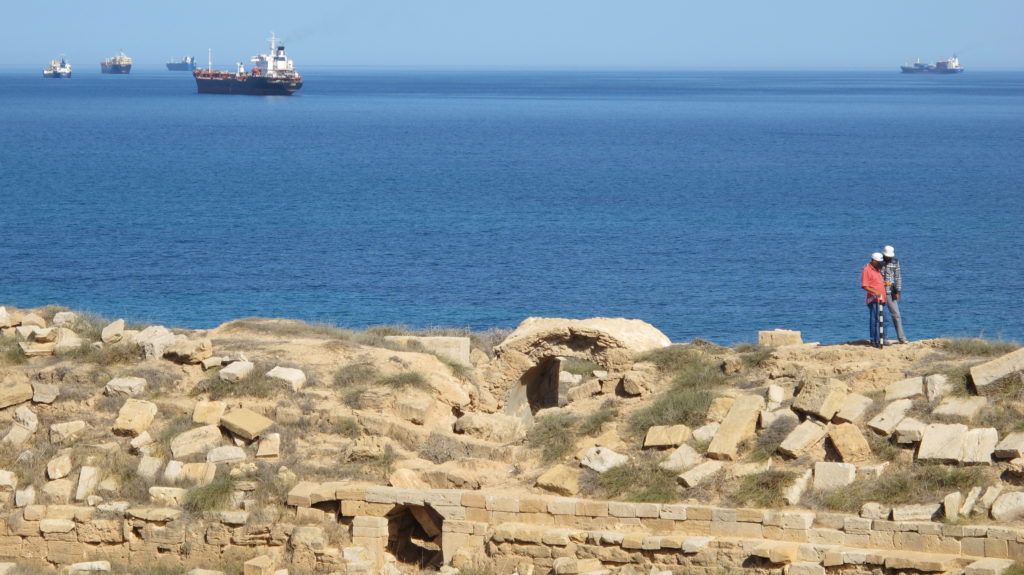
The ancient city of Leptis Magna lies 5km to the east of the modern port of al Khoms
Despite these persistent threats, the archaeological site of Leptis Magna remains refreshingly intact. Located on the Mediterranean coast 120 km east of Tripoli, Libya’s capital, Leptis Magna was inscribed as a UNESCO World Heritage Site in 1982. The earliest settlement at the site dates to the 7th century BCE. Thanks to its fertile hinterland and trade connections with sub-Saharan Africa and the Mediterranean Sea, Leptis Magna grew in wealth and power in the following centuries.
During the 1st century BCE, the city became part of the Roman Empire. It reached the height of its power when Lucius Septimius Severus, a native son, became emperor of Rome in 193 CE. The city underwent a partial renovation thanks to the emperor’s patronage, receiving a new forum, basilica, columned way, and triumphal arch, among other constructions.
Leptis Magna suffered along with the rest of the Roman Empire during the political and economic crises of the 3rd century CE. The invasion of North Africa by the Vandals in the 5th century CE further weakened the city. Although it remained inhabited until the early 7th century CE, the city was a shadow of its former self. Shifting sands along the coast gradually reclaimed the site. Then, beginning in the 1920’s under the auspices of the Italian colonial authorities, systematic excavations brought much of the city back to light.
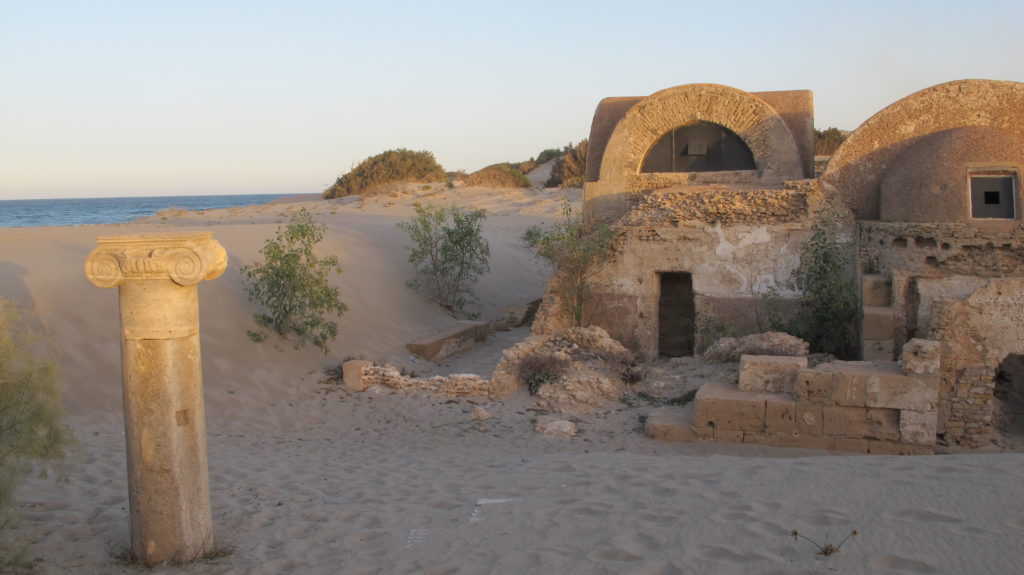
The Hunting Baths, built around 200 AD, is one of the most intact structures on site, but is currently closed to visitors due to concerns about its long term conservation
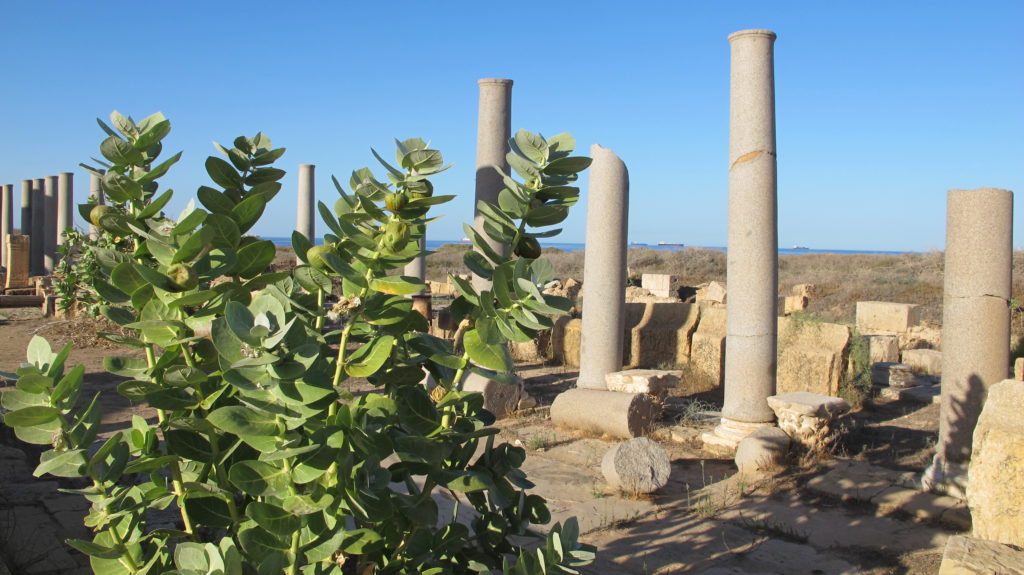
Colonnade in the Old Forum of Leptis Magna
Today, Leptis Magna remains one of the largest and best-preserved archaeological sites in Libya. As a prosperous city on the edge of the Roman Empire, it once shared many similarities with Palmyra in Syria, but its current status could not be more different.
Despite the ongoing conflict, Leptis Magna has largely escaped harm. DigitalGlobe satellite imagery shows that the site has remained largely unmodified since January 1, 2015, the earliest point for which satellite imagery is available. Based on the imagery, the largest threats to Leptis Magna are sea erosion and proximity to urban development. The most significant disturbance visible in the satellite imagery resulted from proactive defensive measures.
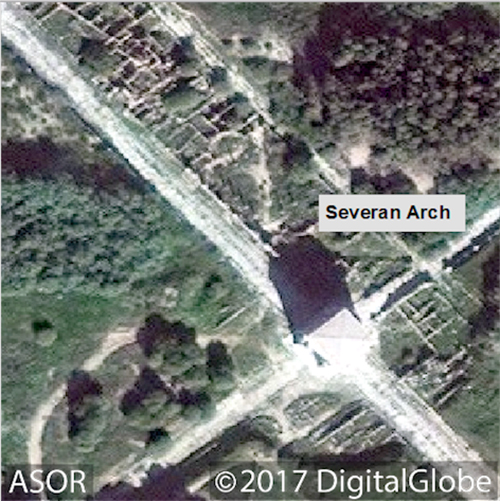
The Severan Arch in December 2015 with No Disturbances Present
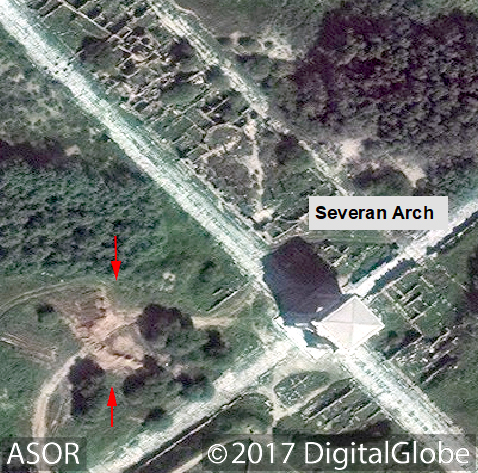
The Severan Arch in February 2016 with Soil Disturbance and Removal Present
As the ISIL presence grew in strength in Sirte throughout 2015, the Leptis Magna office of the Department of Antiquities (DoA) grew increasingly concerned about protecting the ruins. In particular, they worried that a vehicle hauling explosives would drive onto the site, station itself underneath the triumphal arch of Septimius Severus, and destroy this iconic entrance to the archaeological park. To prevent such a scenario, local DoA staff brought in soil from the banks of the nearby Wadi Lepta in early 2016. Using this soil, they created a steep earthen berm stretching across the vehicular access to the site adjacent to the staircase used by visitors. After ISIL lost its stronghold in Sirte in the end of 2016, DoA staff in Leptis Magna opted to leave the berm in place as a precautionary measure.
To further safeguard the arch along its other axis of vulnerability, the approach from the northwest, DoA staff used materials that they had readily at hand. After carefully documenting and numbering a series of loose Roman blocks along the colonnaded Decumanus way, they moved them into the ancient street, effectively blocking vehicular access along the path.
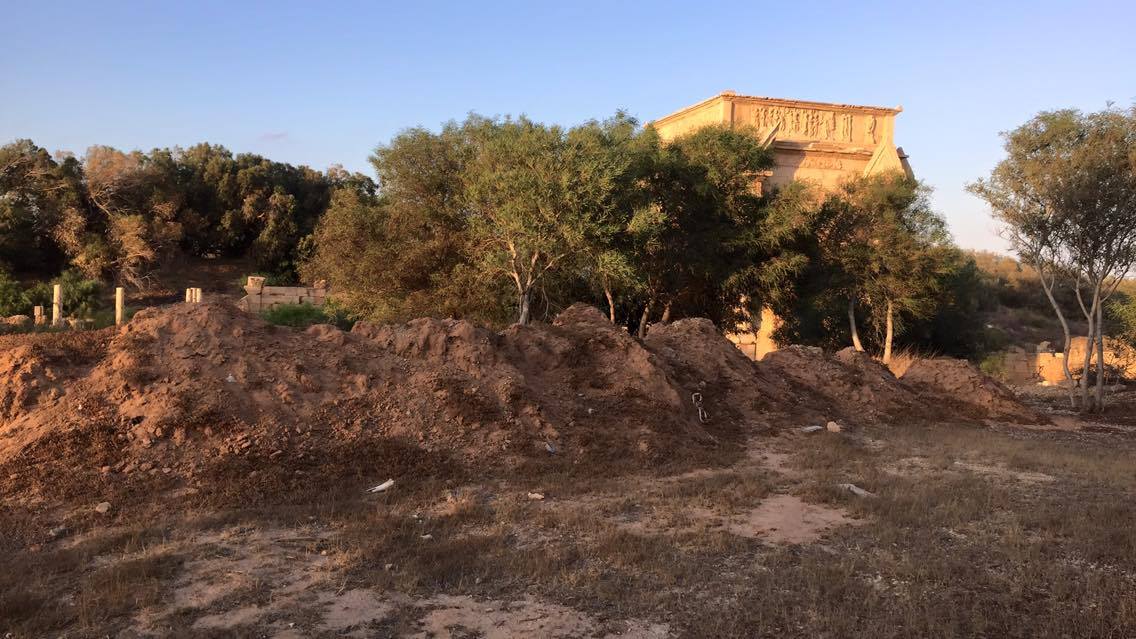
Earthen berm constructed by Department of Antiquities staff to block vehicular access and protect the Arch of Septimius Severus (Courtesy of Ezzadine Sharif)
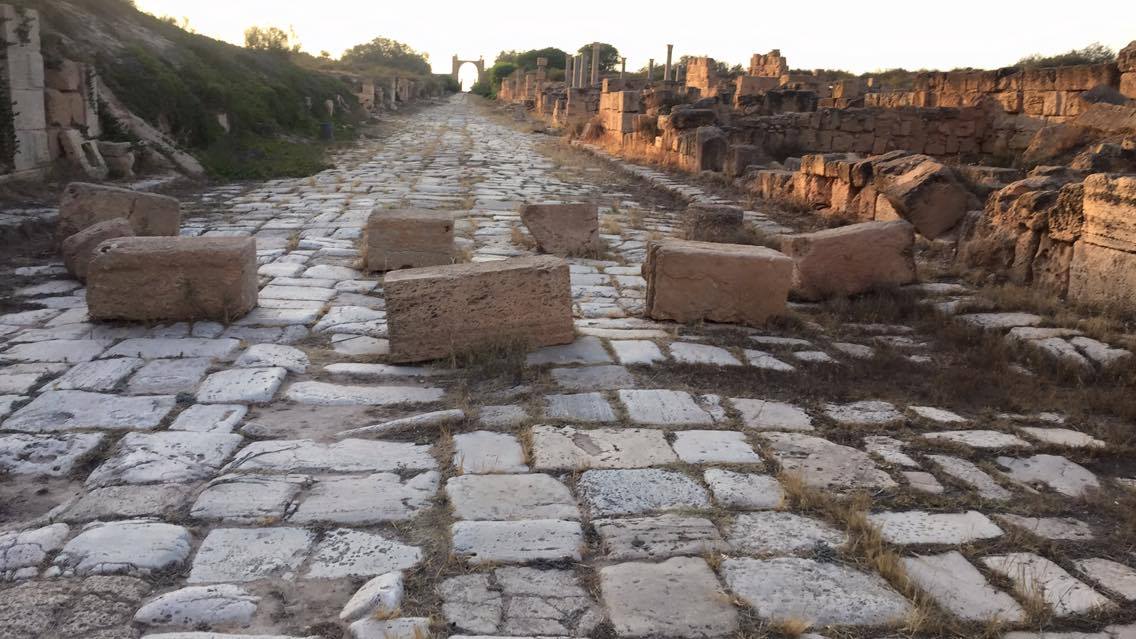
Stone blocks moved by Department of Antiquities to further restrict vehicular access to the site (Courtesy of Ezzadine Sharif)
Beyond the recent active measures taken by DoA, many factors have contributed to the relative protection of Leptis Magna. The first relates to its geography and the way in which the conflict unfolded during the first stage of the Libyan revolution. Leptis is approximately halfway between Tripoli and Misrata, and as Misratan militias advanced on Tripoli from the east during the summer of 2011, they enjoyed NATO air support. Previous NATO strikes had neutralized or incapacitated pro-Gaddafi forces at the naval base in the nearby city of al Khoms, allowing the rebels to push through the areas surrounding Leptis Magna without any significant resistance. Since that time, Leptis has remained isolated from the heavy fighting that has occurred in suburban Tripoli and Janzur in association with the ongoing civil war. It is also distant enough from the center of al Khoms that the occasional clashes between rival tribes in the area have not affected it.
The second, and more important, factor has been the protective impulse of the local community. During the revolution, concerned citizens from al Khoms banded together to create an informal watchgroup to patrol the ancient city during a time when the site guards had abandoned their posts, fearing anti-government reprisals. By early 2012, the Tourism Police, who are officially responsible for the physical protection of Libya’s archaeological sites and other cultural properties, had resumed their posts. In conjunction with guards employed by the Department of Antiquities, they continue to keep the site open for visitors. The self-appointed guardians and their official counterparts maintain an uneasy relationship, with poorly defined parameters of their joint responsibility, but they are generally able to set aside their differences and continue to protect the site.
The current liquidity crisis has taken a toll, however, leaving the site less protected than it had been before. Given the strict withdrawal limits imposed on all bank accounts, professionals and volunteers alike have largely abandoned their guard posts on-site in order to seek odd jobs that pay in cash and allow them to provide for their families.
The DoA office in Leptis Magna must now rely on a broader civilian network to keep informed about the vast site in their care. Every morning, locals walk through the site on their way to the ancient gymnasium, where the tradition of athletic training remains very much alive. On weekends, families from around Tripolitania converge on Leptis to picnic and enjoy the splendors of the site. Through discussions with these visitors and observations made during their own patrols, DoA staff strive to stay on top of any problems before they become too severe.
The actions of concerned individuals also protected Leptis Magna in previous conflicts. During the Second World War, the city lay in the path of the Axis and Allied armies as they fought across North Africa. Accusations of damage to cultural property, such as the false Italian claim that the British Army had ransacked the Cyrene Museum, were used as propaganda in the struggle for public opinion. In January 1943, the advancing British Army reached Leptis Magna. Sir Mortimer Wheeler, Director of the London Museum and an accomplished archaeologist, witnessed the arrival as an officer in the Royal Artillery. The behavior of the troops shocked him. As recounted in Robert Edsel’s The Monuments Men, Wheeler saw troops climbing on the walls of the ruins, trucks tearing up the ancient roads, and tanks using buildings as cover.
Wheeler’s experience led him and another colleague, John Bryan Ward-Perkins, to start a project that documented damage to the site, made repairs, and posted guards to prevent further harm. Along with Sir Charles Leonard Woolley, excavator of the city of Ur in southern Iraq, the two men also developed conservation plans for Leptis Magna and two other ancient cities in Libya.
Many of the issues important at that time are still relevant today. Libyans struggle to preserve their cultural identity and cultural memory in the face of violence and economic hardship. DoA staff have identified a number of priority conservation projects around Leptis Magna, and seek international assistance in carrying out these projects before the site decays further.
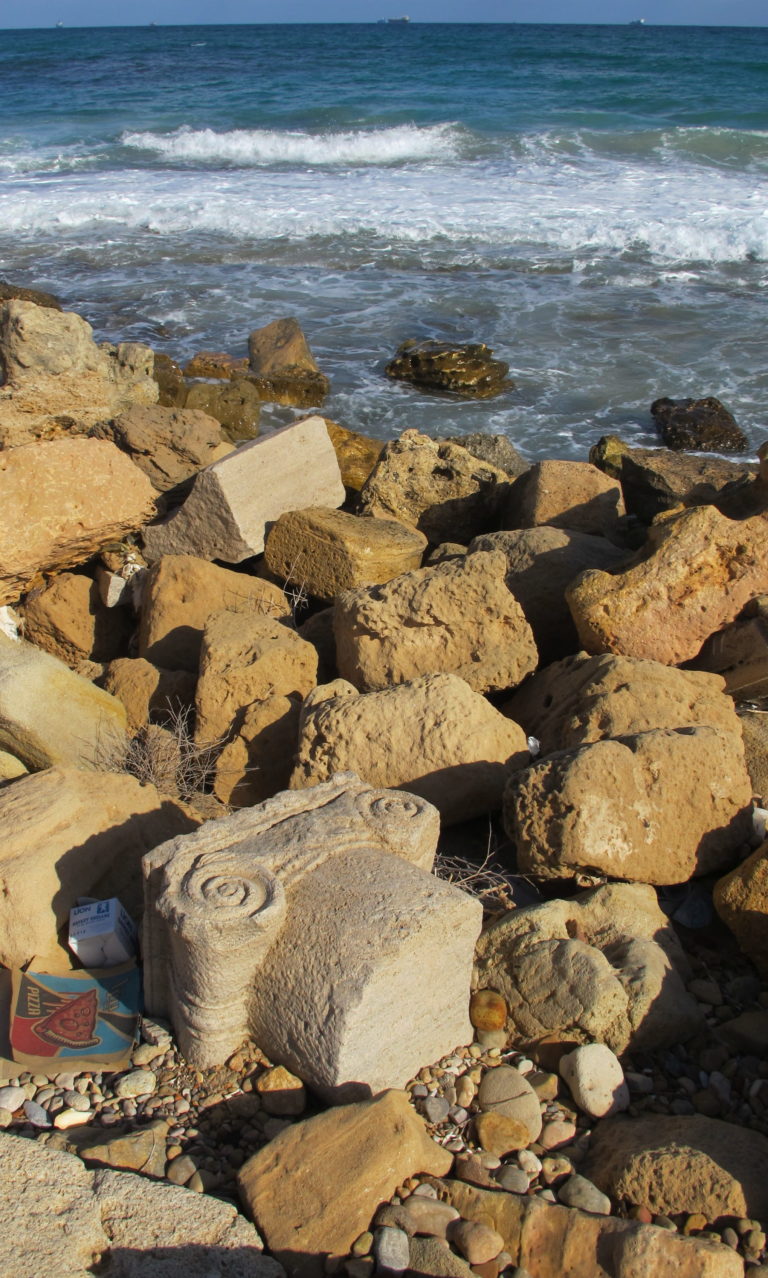
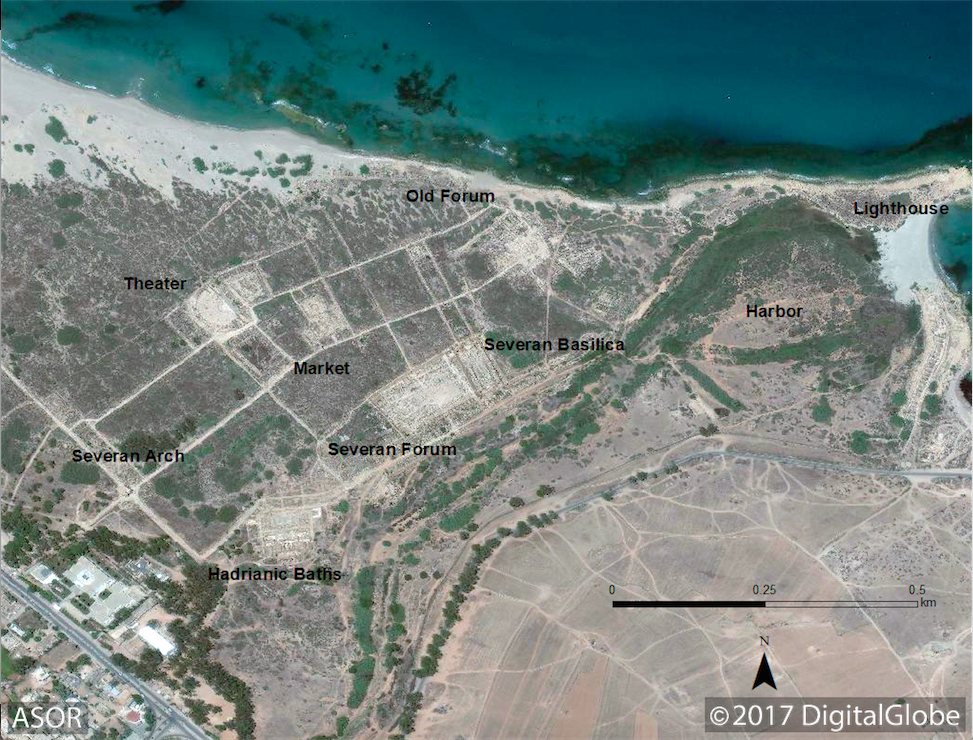
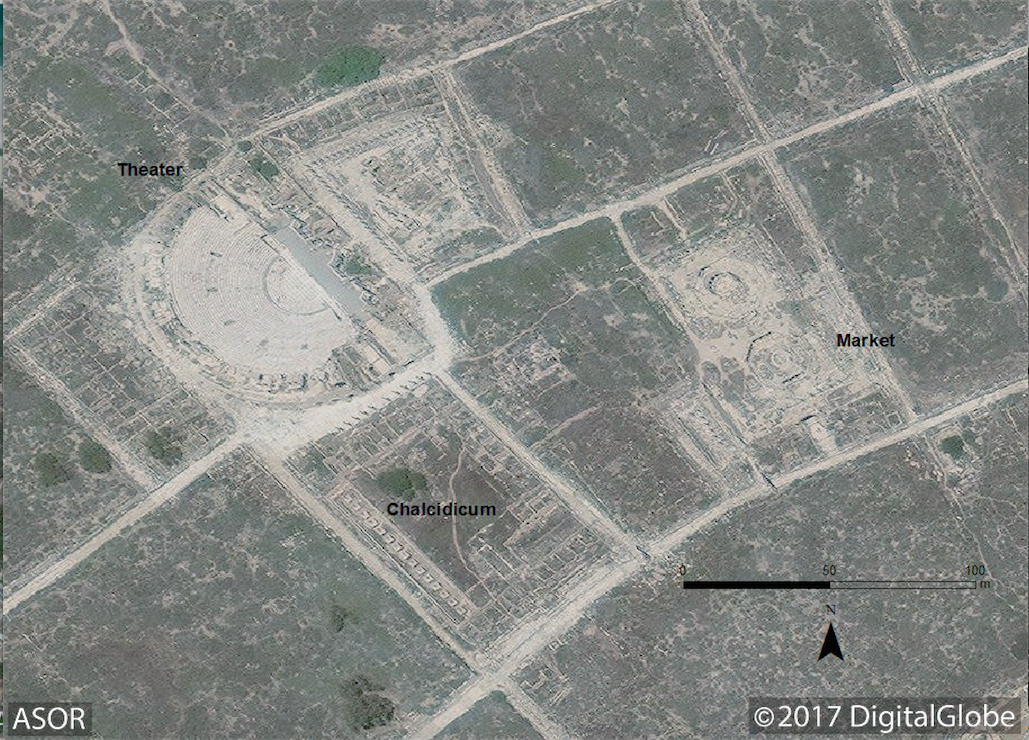
The current Controller of Antiquities of Leptis Magna, Ezzadine ash Sharif, has identified a series of conservation priorities around the site and is working to mobilize his conservation team with the limited resources available. A top priority is to shore up the foundation of one of the largest intact Roman walls on site, portions of which have collapsed in recent years. This work is projected to require a relatively modest budget of around 10,000 USD, but given the liquidity crisis that prevails in the country, such resources are hard to come by.
However, other aspects of the current conflict are new. The increasing power of non-state actors, the intentional destruction of cultural property for ideological and propagandistic purposes, and the involvement of organized crime in the exploitation of cultural property in conflict zones require new approaches. Collaboration between international organizations and local stakeholders remains the best way to ensure the long-term preservation of world heritage.
Leptis Magna has escaped major damage thus far, but it remains vulnerable. ASOR CHI seeks to raise awareness of threatened heritage before damage occurs as well as document it afterwards. In the coming months, we will be publishing more stories on the condition of Libyan cultural properties and the ongoing activities to preserve it.
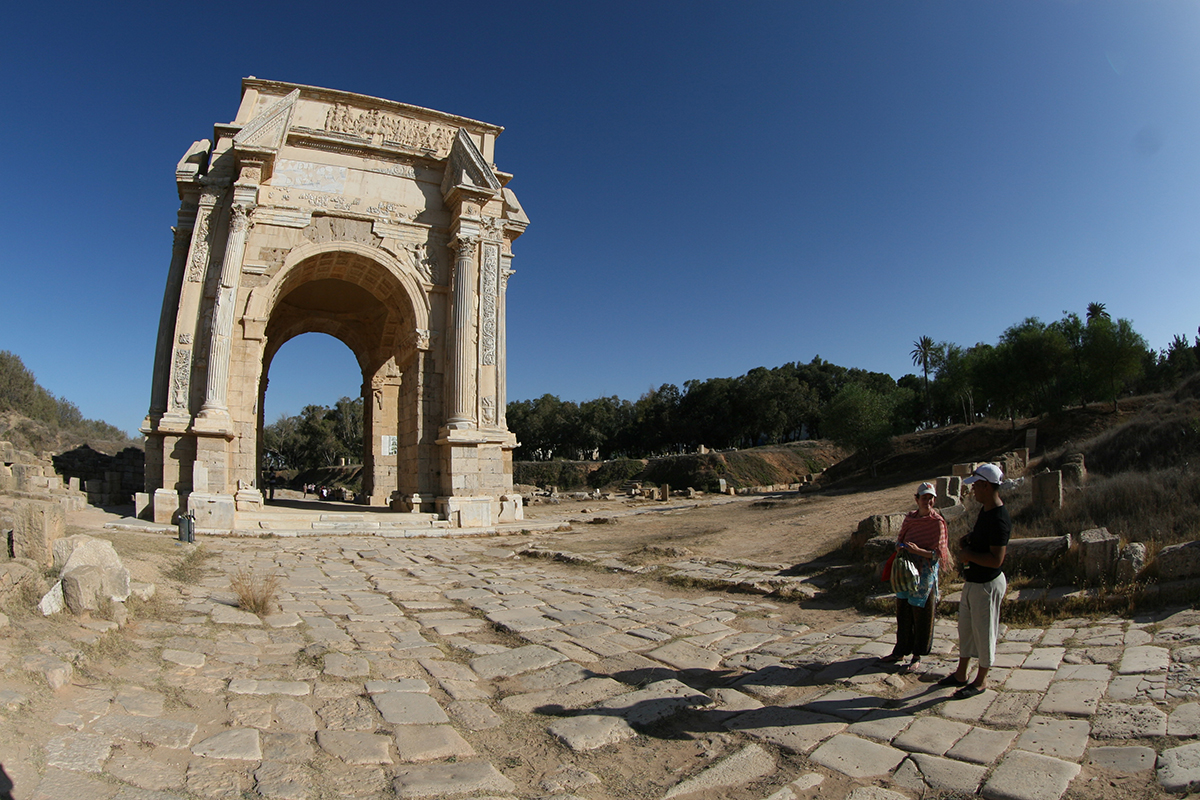
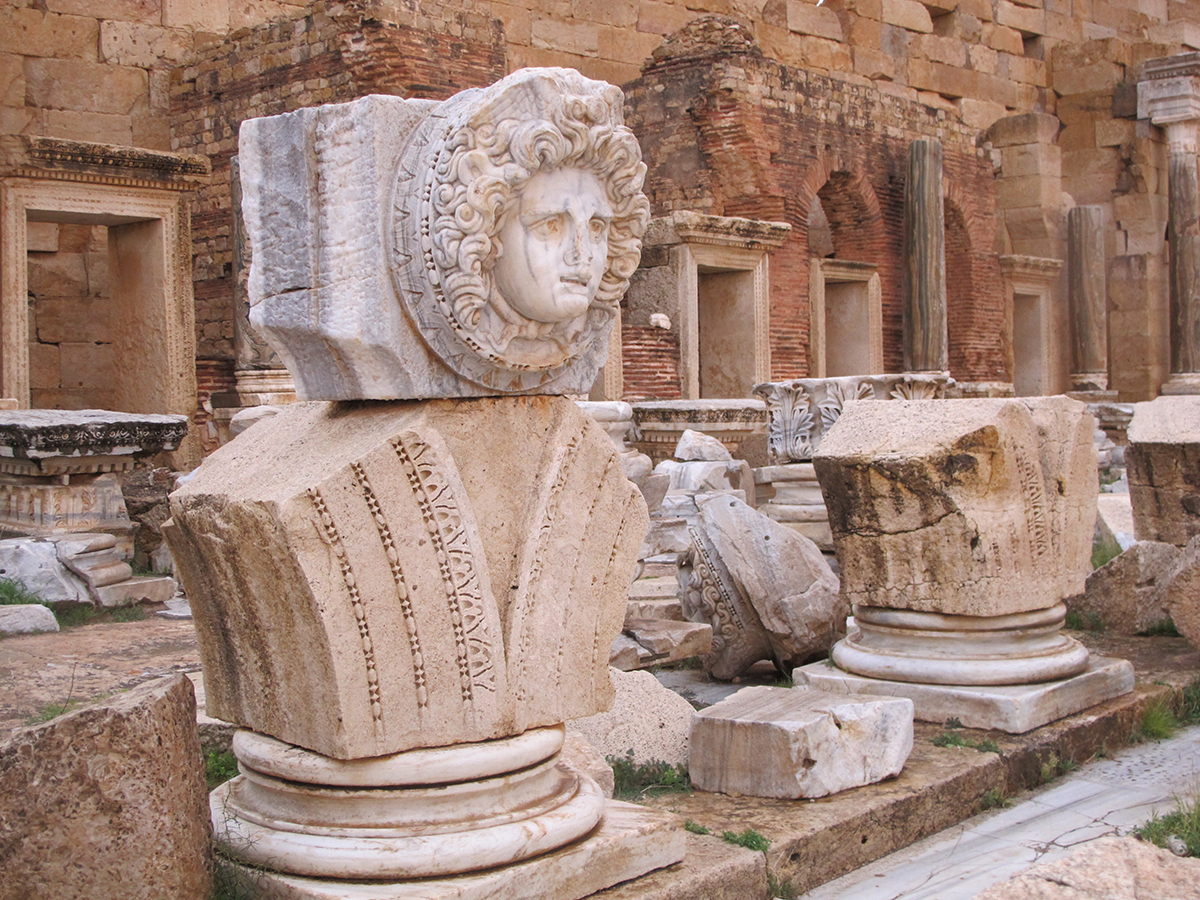
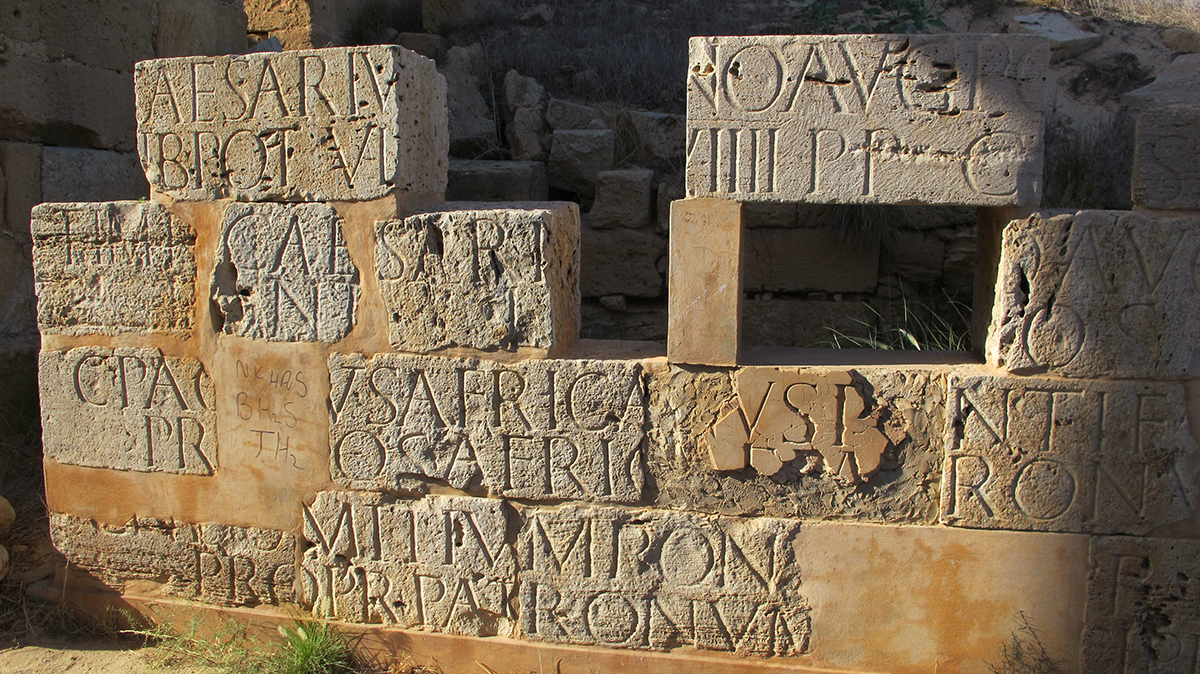
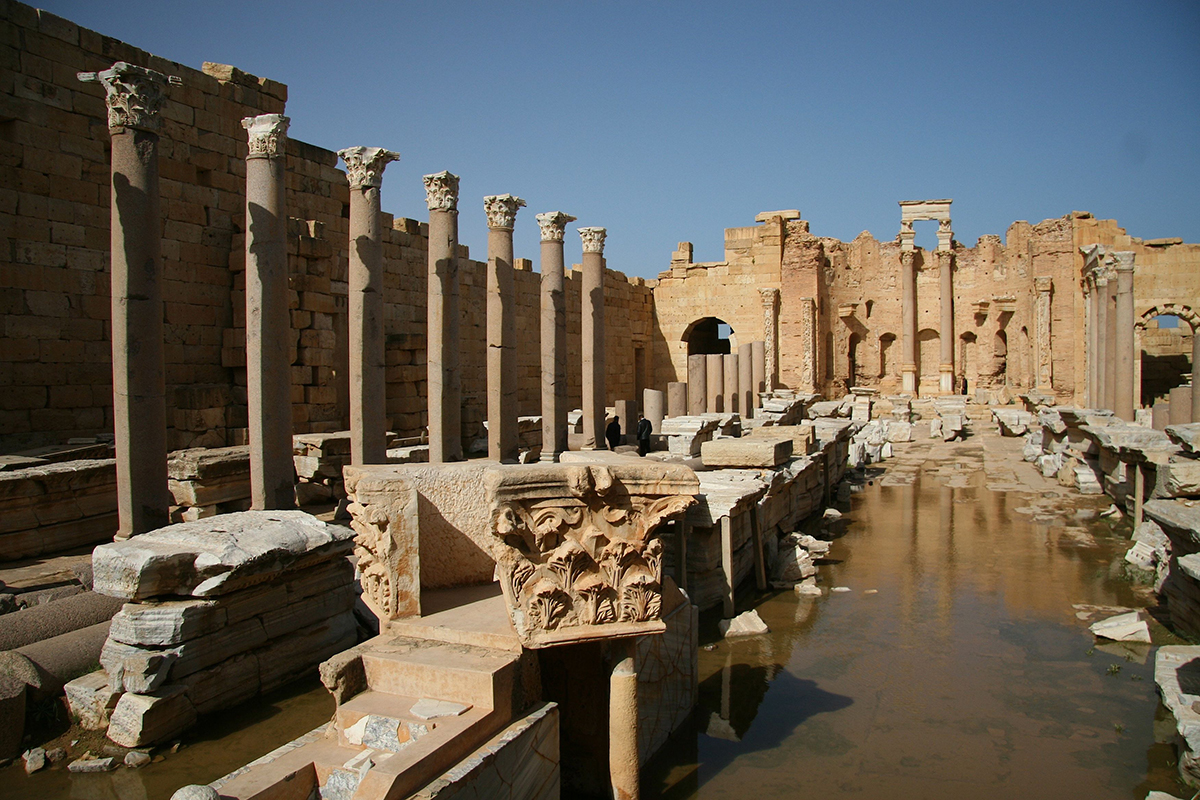
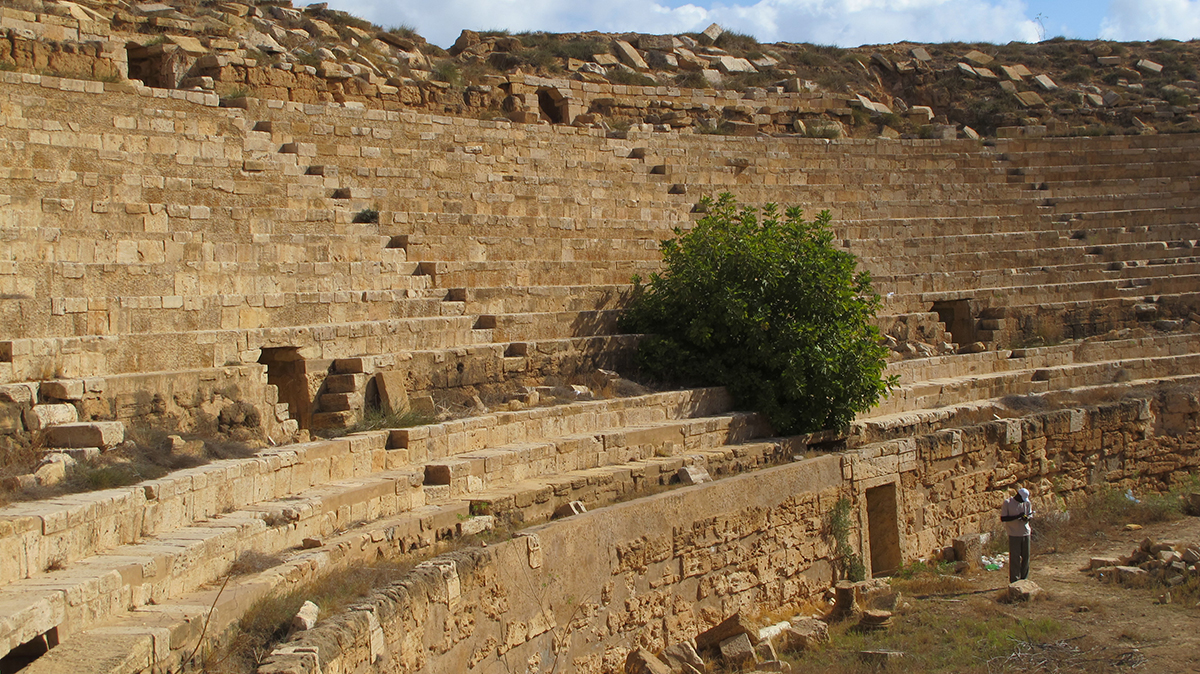
*All photographs courtesy of Will Raynolds unless otherwise noted.